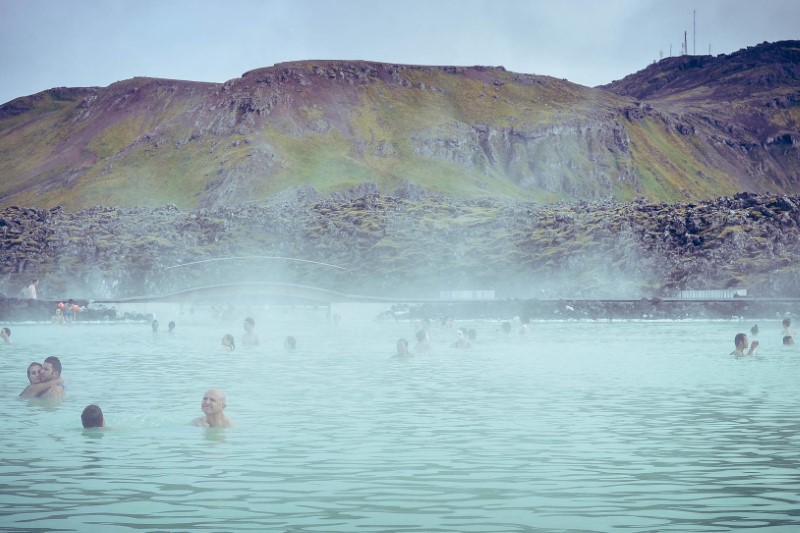The benefits of a Hot Bath Surrounded by Nature
Table of Contents
When we begin to peek on the web in search of ideas for our holidays, especially if we are looking for beneficial and relaxing activities, 99% of us will come across proposals that include thermal baths. But why has this kind of tourism had a sudden boom in recent years? And what exactly are the benefits of thermal water?
If you are asking yourself these questions too, you are in the right place. Let’s try to answer them!
Thermal Water: How and Why
A hot spring is a completely natural stream that is geothermally heated. An easy way to identify a hot spring and label it as such is that it must be well above the temperature of the surrounding earth. The temperature of a given hot spring depends on a few different factors: the heat provided at depth (sometimes from a magma chamber), the speed at which the water flows, and whether there is a mixture of cooler groundwater in the water stream hot. Hot springs are the original hot springs of the world.

Interestingly, the term “spa” originates from the city of Spa, Belgium, made famous for its hot springs. Typically, hot springs are found where there is volcanic activity or magma chambers, or where there are fault lines in the Earth. That being the case, there are hot springs all over the world; United States, Australia, New Zealand, Iceland, Japan and Canada, but above all Europe.
The Therapeutic Benefits of Thermal Water
Due to the folklore and health benefits of hot springs, it is no wonder that they are a popular tourist destination, especially these days, as they tend to be used regularly as a form of therapy or for rehabilitation.

Hot springs have a particularly high mineral content, because heated water can hold more dissolved solids. This means that a given hot spring can contain everything from calcium, magnesium, silica, lithium, and even radium. Like a multivitamin for the skin!
The heat of the thermal springs envelops and helps to soothe aching muscles, while the minerals present in the water are absorbed by the skin and stimulate certain bodily processes. So how exactly does the combination of these minerals and this hot water help us?
What is a bath in thermal water useful for?
Musculoskeletal Problems
Documented in Chinese and Japanese history, hot springs have been used to help with swollen joints, arthritis, muscle strain, ligament damage, and more.
Eczema
Chronically dry and flaky skin, otherwise known as eczema, is a skin condition that affects up to 15% of the Western population. Regular soaking in hot springs has been found to reduce itching, redness and coverage of eczema.
Nasal congestion
The heat of the water combined with sulfur is a winning combination to combat nasal congestion, whether it is due to the common cold, allergies or even chest congestion.
Circulation
In particular, the sodium bicarbonate and calcium found in mineral hot springs help with good circulation in the body. This can have numerous positive effects, including lowering blood pressure. The weightlessness that comes with floating in the water also helps with good circulation.
Relaxation
Never to be underestimated, it is the power of destressing and relaxation. A state of stress can lead to all kinds of health complications, such as high blood pressure, depression, and an increase in the production of the stress hormone, cortisol. When cortisol is released in stress-induced doses, it can disrupt our hormonal balance, which in turn, unfortunately, affects just about everything, including our mood, our immune system and our metabolism. As in, the key to a faster metabolism and to being able to shed those pounds is to have balanced, non-stressed, unbalanced hormones. So, whichever method you prefer, whether relaxing with hot springs, a good book, or both, be sure to indulge yourself through stress reduction and relaxation.
In short, a good hot bath surrounded by nature is not only a good resolution for a relaxing holiday. It is a real cure-all for our physical and mental health. Why not take advantage of it then?


















